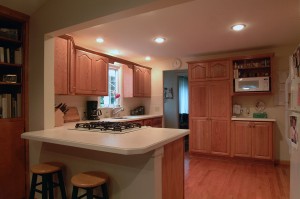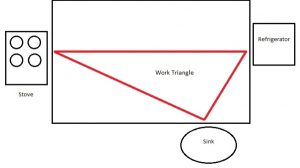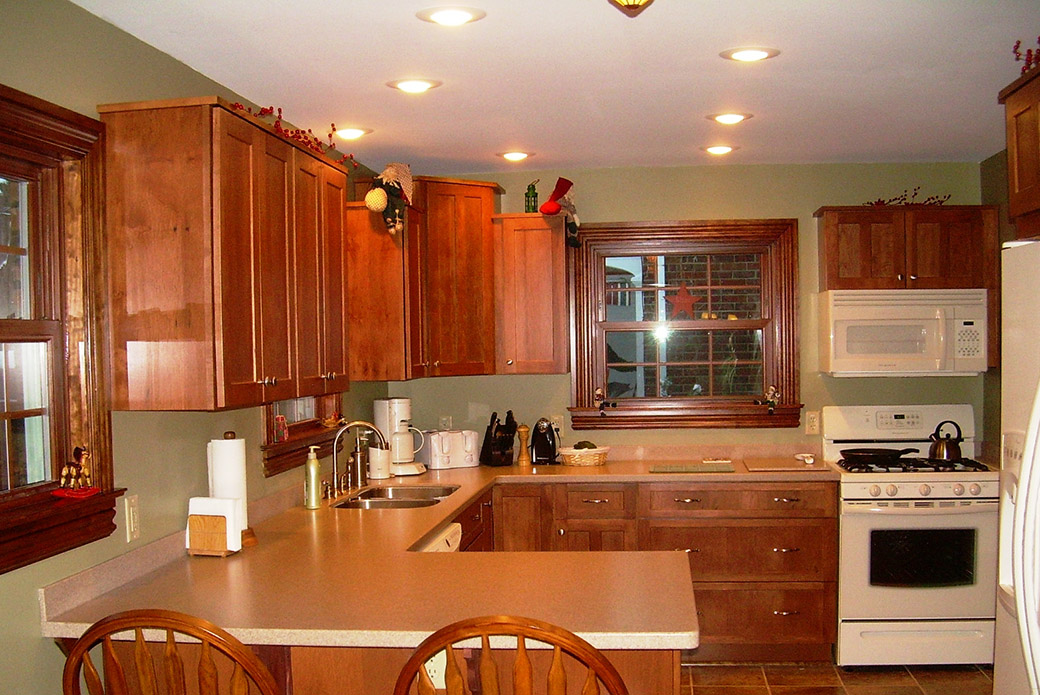 Above all, kitchens should be designed with functionality in mind. Even the most elegant kitchens should still act as effective workspaces. There’s nothing more frustrating than trying to prepare a meal in a kitchen with a poorly-conceived layout. That’s why kitchen experts have spent decades establishing design principles that promote thoughtful, efficient floor plans. The most famous of these principles is the kitchen work triangle.
Above all, kitchens should be designed with functionality in mind. Even the most elegant kitchens should still act as effective workspaces. There’s nothing more frustrating than trying to prepare a meal in a kitchen with a poorly-conceived layout. That’s why kitchen experts have spent decades establishing design principles that promote thoughtful, efficient floor plans. The most famous of these principles is the kitchen work triangle.
The work triangle was originally developed in the 1940’s. It was based on the work of Frederick Taylor, a mechanical engineer who researched new ways to maximize workflow efficiency. Kitchens at the time were typically much smaller than they are today, so an efficient use of space was especially important.
So how does it work?
The easiest way to illustrate the idea of the kitchen work triangle is with a visual aid. Refer to the diagram below. Here, you’ll see the corners of the work triangle fall on “hot spots” such as the refrigerator and stove. Each leg of the triangle should be no longer than nine feet, and no shorter than four feet. Cookware like knives and skillets should be kept close to the triangle’s corners. This way, everything you need quick access to while cooking is always close at hand.

Bear in mind that these are general guidelines, not hard and fast rules. Every kitchen is different, and some will be better suited to the principle of the work triangle than others. If cooking tends to be a team effort in your house, the work triangle might not be an ideal layout – it works best with one person. The most important thing is that you think critically about what you need from your kitchen as you plan for a remodel.
Want to learn more? Give us a call today at (716) 875-8654 to speak with one of our kitchen design and remodeling project contractors at Ivy Lea Construction.

